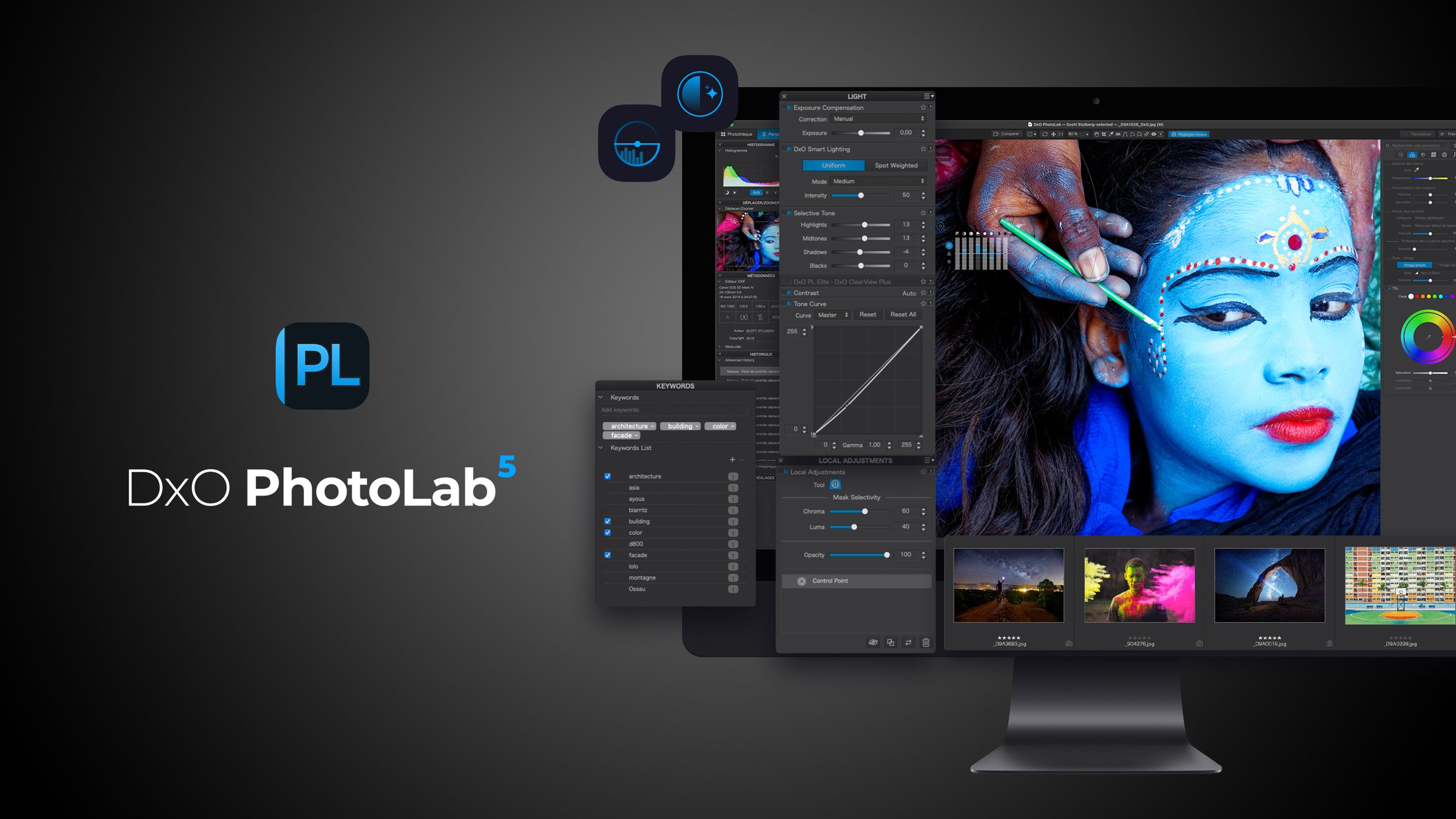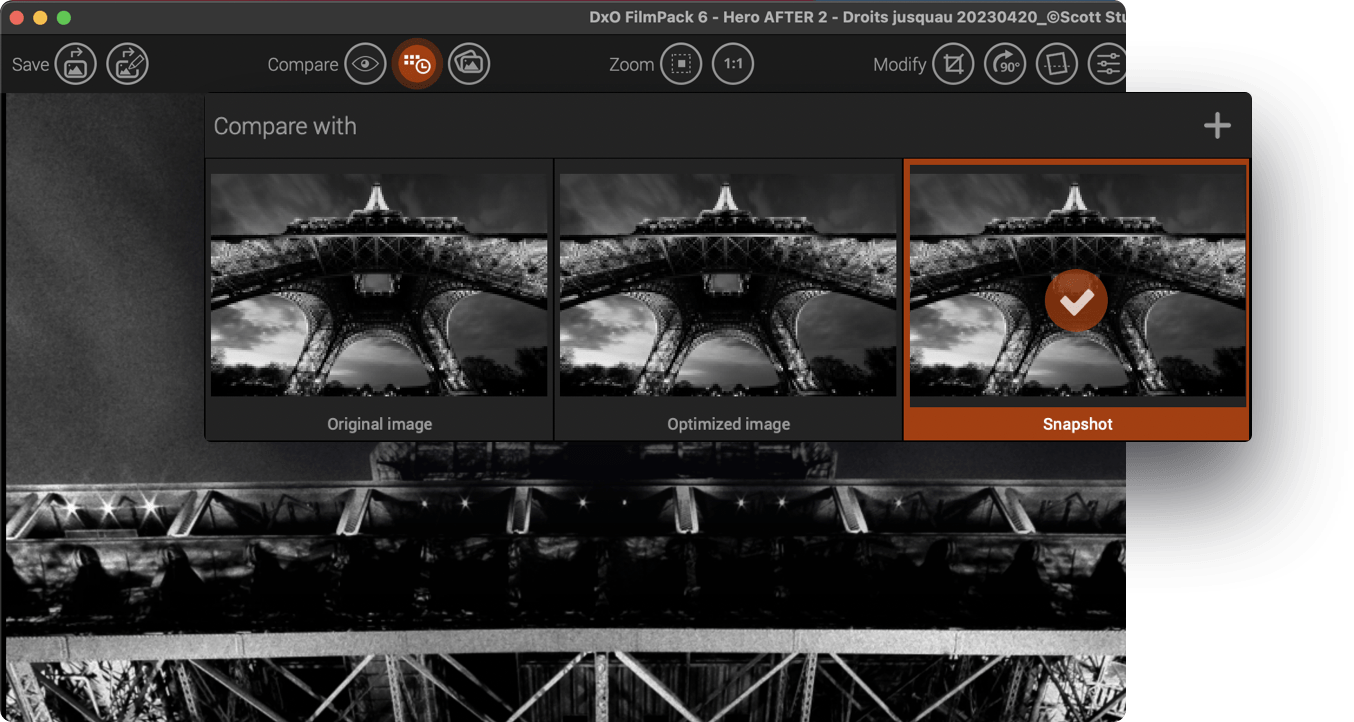

- #Pro photographers who use dxo film pack how to
- #Pro photographers who use dxo film pack software
- #Pro photographers who use dxo film pack download
- #Pro photographers who use dxo film pack free
#Pro photographers who use dxo film pack how to
If you do want to go the DNG route, It’s quite straightforward to do, so here’s how to go about it:
#Pro photographers who use dxo film pack free
The first option is more economical in terms of disk space and time, but some people like to have a clean and artefact free image as a starting point, and in that case, using a DNG solves the issue. You can not worry about it, work on your image, do all the adjustments you want and then export at the end to a JPEG or Tiff with DeepPrime enabled.Īlternatively, you can export as a DNG in a way that bakes in DeepPrime and the optical and sharpening corrections, and then edit that. It’s kind of like how the “Enhance” function works in Lightroom (previously called “Enhance Details”)

If you want to see what it’s actually going to look like on your whole image, you need to export first. You can get a preview in the preview window, but this is quite small.
#Pro photographers who use dxo film pack software
If you had been playing around with the software and wondered why you didn’t see a difference between turning it on or off, this is why.
#Pro photographers who use dxo film pack download
So, when you so see the pop-up dialog asking you to download the module, don’t be surprised (and click download!)ĭeep prime only renders when you export. They have profiled many, many combinations of lenses and cameras, and created complex profiles for lens defects to correct for them. The modules provide both geometry and sharpness corrections for lenses. Just click the download button to download and activate the module. When you first select an image for which you don’t already have a module, it will ask you to download it. If you haven’t used Photo Lab before, the software uses “modules” to apply corrections for lens and camera combinations. In this article, I’ll talk you through how to get the best results and some of the options you need to consider. However, to get the best quality, you need to jump through a few hoops first. Fujifilm support is currently in beta, but the software is capable of producing some really good results. After that, I look at each individually and make small adjustments.When DXO Photo Lab 5 was released a few weeks ago, it came as a pleasant surprise to many that they had finally decided to support Fuji cameras. I batch images with similar lighting and/or similar cropping needs and do several at once. Once selected, then apply your adjustments. Use Shift for adjacent images and Control Enter for non-adjacent images.


If you want to select a sub-group, select them on the preview icons at the bottom of the screen. I have a personal Default setting that I apply to all image. To batch process, if you want all in a project, you go Edit, Select All and then any processing will be applied by all. I do Edit, Select All, then Right Click and Chose Create Project From Selected Images. Anyway, I open DxO, Select the File where the images are and they fill the bottom preview tray. Since meta data is on all my images, it's easy to find any image, even from years ago. For instance, today's file was 11-21-2015. I use Photo Mechanic and put that I want to process into a dated file. A tiff file is not compressed and will give PS plenty of bits and bites to work with.įor processing many images, it's best to establish a Project. You'll want to save as tiff first, if you need to go into PS or PSE.


 0 kommentar(er)
0 kommentar(er)
